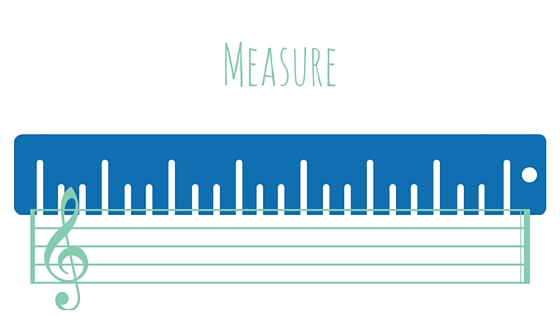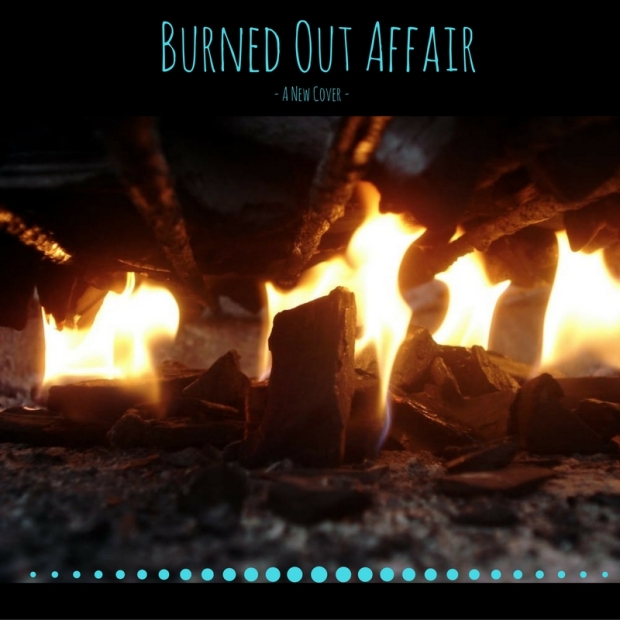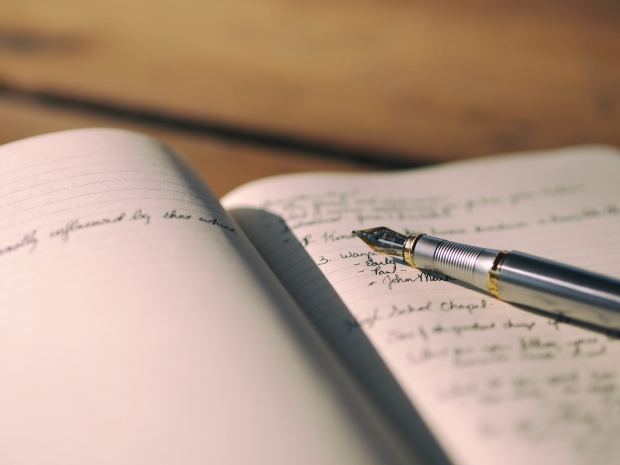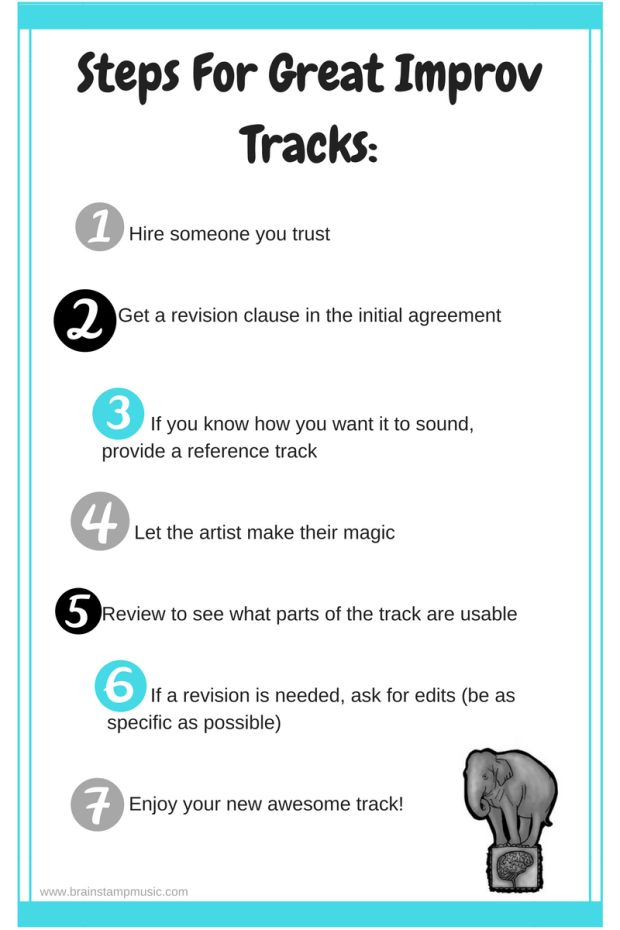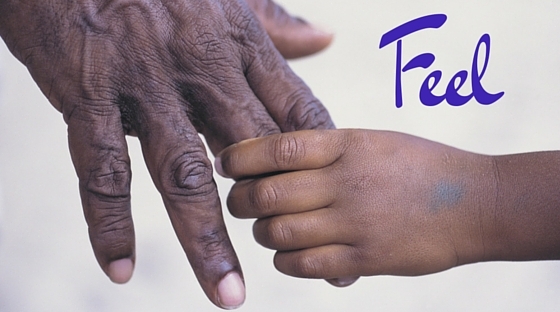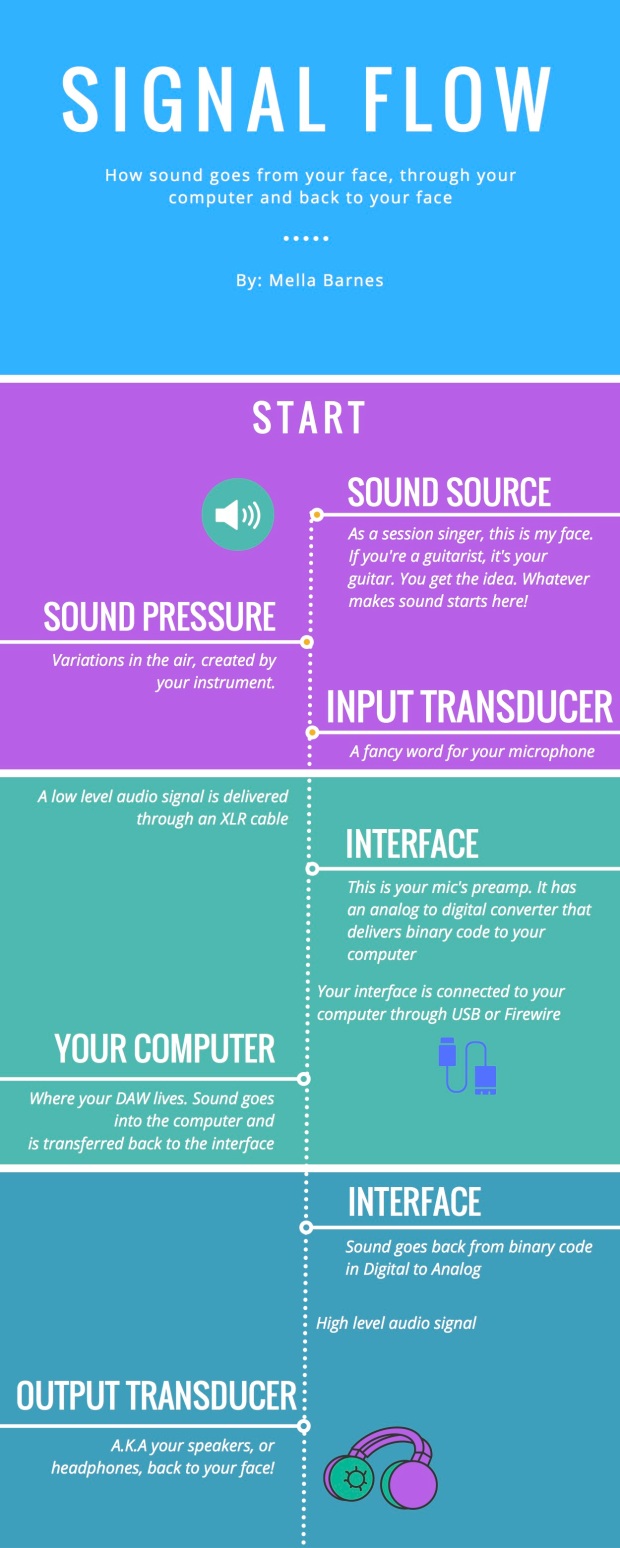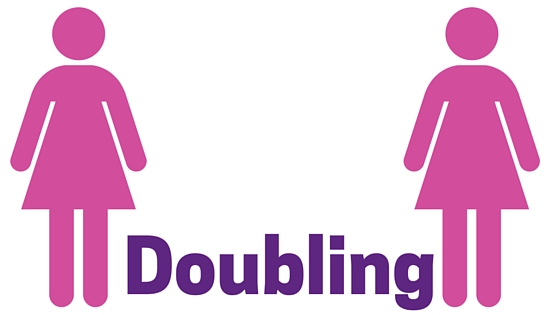
Several people have asked what my “typical day” is like as a session singer. While there really is no guaranteed daily schedule, I can tell you about yesterday which will give you a general idea.
Here is a Common Day for a Session Singer:
1). I generally wake up around 9am. No one tells me to do this, it’s just my natural waking time and I feel like having a schedule helps my day.
2). I review my To Do list I made the night before, which includes my song lineup for the day.
3). I base the rest of my day on how many songs I have lined up. Usually I have between two to five songs a day, but occasionally I’ll have more or less, or none. If I have a larger number of songs to record, I will cut back on everything else or cut a task out.
4). I comp and edit vocals recorded the night before. I go over each stem with a fine-toothed comb to make sure there are no background noises, everything sounds good, and the track is ready to be exported and sent.
5). Stems from each project are exported, batched, and submitted to clients.
6). I check my email and check in with clients I sent tracks to the day before, to see if any edits or changes are needed. If so, I add those to my list of songs for today.
7). Any business, marketing, or social media work is done during this space if my day allows for it. I also take online music classes and will fit them into this part if I can.
8). The fun begins! I compile all songs to be recorded today, print the lyric sheets, and prepare for recording. I begin my ritual to help me get into the mindset of recording: make tea, shower or breathe steam, clean my session area. (Note: I do have a booth at my home, but occasionally I do on-set sessions or book a separate studio. I skip the shower in this case).
9). Songs are recorded in the order I received the job. I do this for no other reason than it helps me stay organized. Last night, I had a 16th-century Gregorian choral piece (with sheet music), two country songs for which I provided background vocals, a symphonic rock song with lots of screaming, and an edit for a song from the night before, to change a few harmonies here and there. I opted to save the screaming one for last so as not to blow my voice out right away, and did the choral piece first because I knew I’d need all of my strength for it.
10). I am done for the day! By now it’s usually 10 or 11pm, and tomorrow I will edit the songs I just recorded. I prepare my To Do list for tomorrow, read or watch TV and relax my voice with tea, wine or whiskey (or whatever I’m feeling in that moment).
So, you may notice that only about a third of the day is actually spent singing. Some session singers might not do their own editing and comping so they might have that part of the day open. You may also notice that I do most of my recording in the evening. There’s no particular reason for this, other than I don’t like to sing early in the morning, and I like to make the most of the daylight.
Every singer’s schedule is probably different, and I allow room for mine to vary as needed so this could change, but this is my typical day as a session singer!






